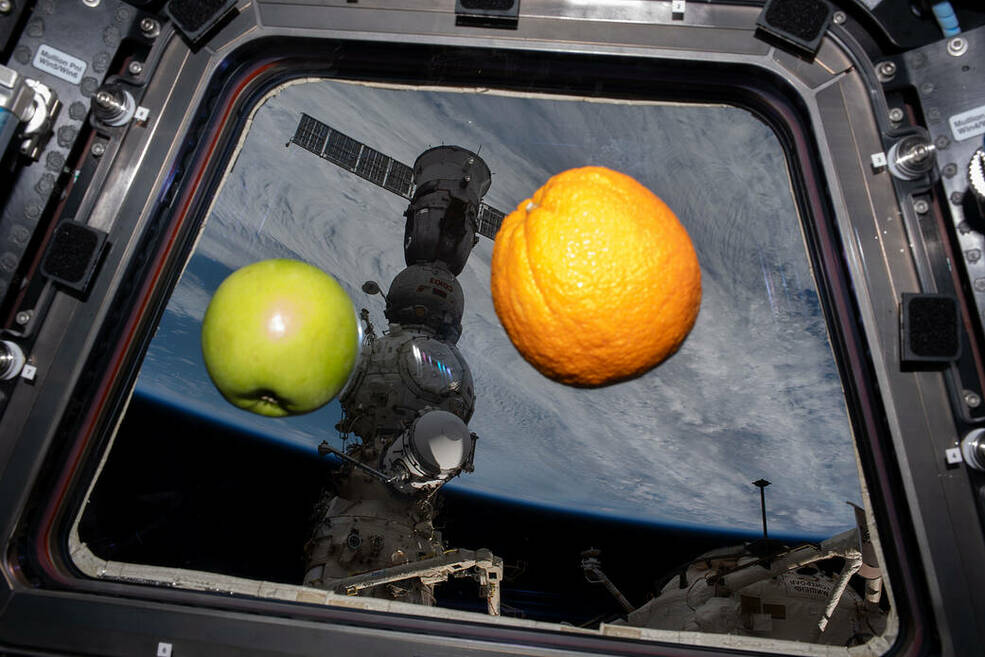By Savannah Bullard
Editor’s note: This web article was updated May 31, 2024, to reflect new locations for the challenge’s finalists to test their food production systems and meet other technology needs.
NASA is kicking off the final phase of a challenge to help feed the astronauts of the future.
The agency’s Deep Space Food Challenge seeks to create novel food production systems that offer safe, nutritious, and delicious food for long-duration human exploration missions, while being conscious of waste, resources, and labor. And closer to home, the challenge could benefit humanity by helping to address food scarcity problems on Earth. In the third and final phase of the challenge, NASA is offering a $1.5 million prize purse to winning U.S. teams.
“The International Space Station is restocked every 60 to 90 days, and we are able to manage the waste generated from those payload deliveries,” said Denise Morris, program manager for Centennial Challenges, which is managed out of NASA’s Marshall Space Flight Center. “In order to get to Mars and beyond, we must adapt how we feed our crews with no resupply, little added waste and resources, and an ideal level of labor. The solutions derived from the Deep Space Food Challenge will bridge this massive technology gap, allowing us to venture further and longer than we ever have before.”
Five U.S. and three international finalists, which were announced in May, are invited to test their food production systems as part of a simulated mission carried out by a crew of analog astronauts at the Wilbur A. Gould Food Industries Center’s Food Processing Pilot Plant. A joint venture between Voyager Space, Airbus, and Starlab LLC, the Pilot Plant is built to simulate what a research facility would look and operate like in a deep space environment. This facility operates within Howlett Hall on the Ohio State University campus in Columbus, Ohio. The university is partnering with the Methuselah Foundation – which manages the challenge for NASA – to provide academic expertise and resources for the final phase.
A group of Ohio State undergraduate student “Simunauts” will act as a crew of analog astronauts to maintain and operate the food production technologies inside the Pilot Plant during an eight-week testing and demonstration period that will begin by summer 2024. Their reports will inform the judges’ evaluation of the criteria, which includes:
- Acceptability and safety of the production process and resulting food,
- Inputs/outputs in relation to quantity of food produced, nutritional quality, and water use,
- Reliability of the food production technology, and
- Stability of the input products and food outputs.
“Incorporating the Simunauts will demonstrate how much the teams’ technologies have been developed to consider the experience and impact to a potential future crew,” said Angela Herblet, challenge manager for the Deep Space Food Challenge at NASA’s Marshall Space Flight Center. “One goal of the challenge is to yield food systems that aren’t too difficult for the crew, as our astronauts have plenty to do when they’re on deep space missions. We want to make eating safe, healthy, tasty food as easy and enjoyable as possible.”
The Simunaut crew will be selected and announced before the demonstrations are set to begin.
NASA opened the first phase of the competition in 2021 as a first-of-its-kind coordinated effort with the Canadian Space Agency, which is running its own challenge in parallel. The derived solutions will ideally serve as blueprints for how to feed a crew of four astronauts for a three-year round-trip mission with no resupply.
After 18 U.S. teams were awarded $25,000 each and 10 international teams were recognized as winners of the initial design phase, Phase 2 kicked off in January 2022, where returning and new teams developed their ideas into usable prototypes that were demonstrated for judges at their own labs and facilities. The teams produced samples of their food and provided a vision for Earth applications of their technologies, which were showcased at Smart Design in the Brooklyn Navy Yard during New York’s NYCxDESIGN event in May 2023 as part of the Phase 2 winners’ announcement.
The Phase 3 finalists that that can advance their prototypes and achieve approval from the judging panel to deliver to the Pilot Plant will each receive $50,000. At the end of the demonstration period, up to one top scoring U.S. team will win $750,000, and up to two runners up will each receive $250,000.
The Deep Space Food Challenge, a NASA Centennial Challenge, is a coordinated effort between NASA and the Canadian Space Agency. Subject matter experts at Johnson Space Center in Houston, Texas and Kennedy Space Center in Merritt Island, Florida support the competition. Centennial Challenges are part of the Prizes, Challenges, and Crowdsourcing program within NASA’s Space Technology Mission Directorate and are managed at Marshall Space Flight Center in Huntsville, Alabama. The Methuselah Foundation, in partnership with NASA, oversees the United States and international competitors.
For more information on the Deep Space Food Challenge, visit:
Jonathan Deal
Marshall Space Flight Center, Huntsville, Ala.
256-544-0034
jonathan.e.deal@nasa.gov
























